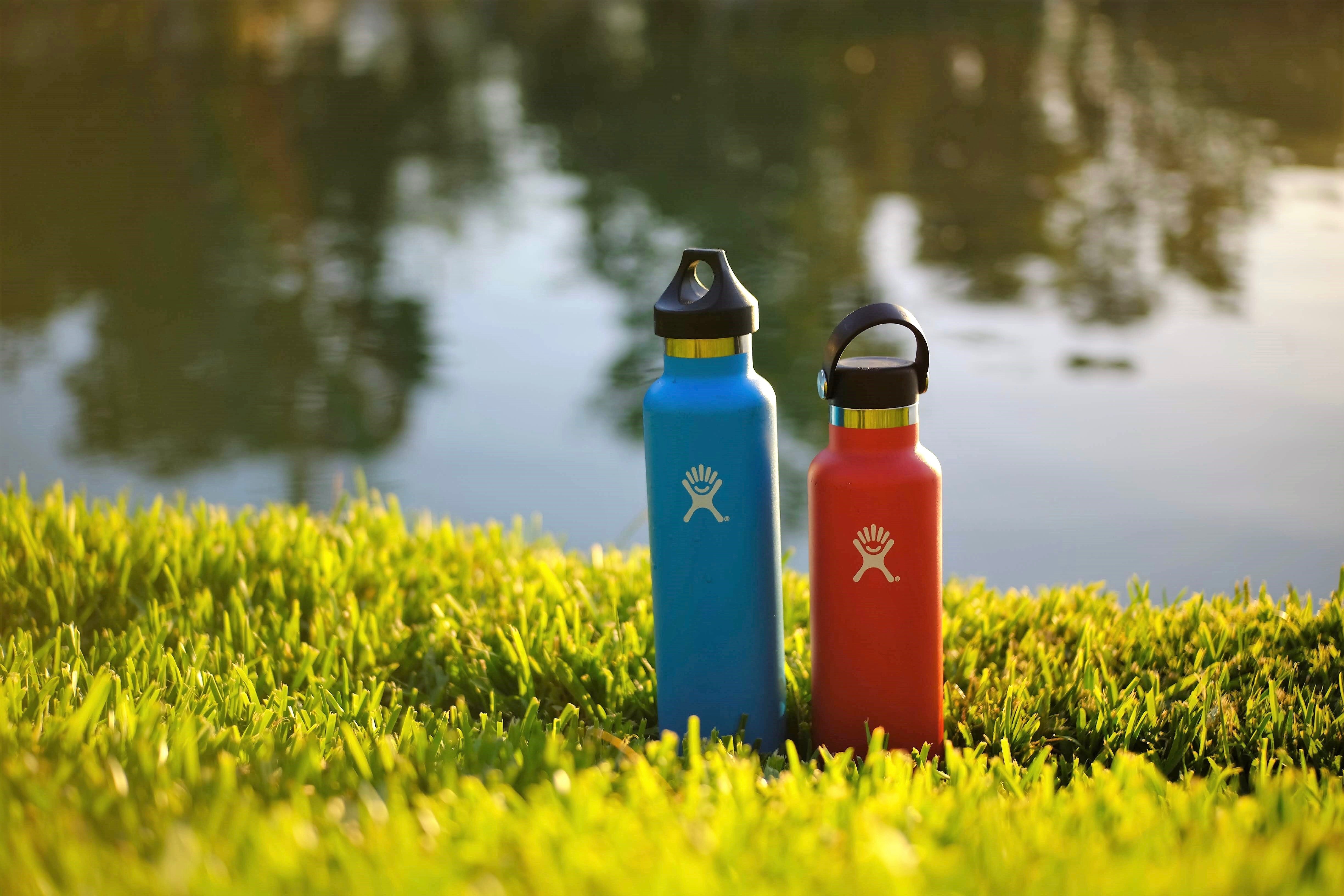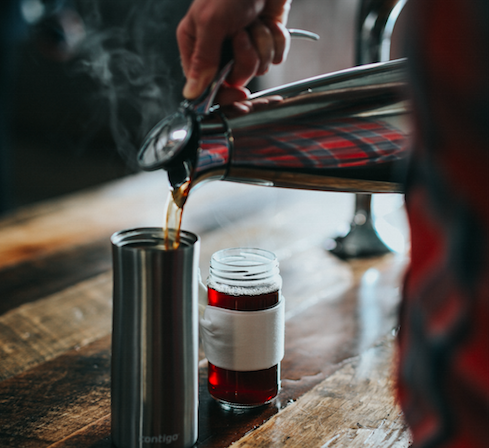Plastic often seems inescapable. It covers beverages, food, office and home supplies, clothes, cleaning agents, tools, technologies, and basically anything you can order online.
As a result, avoiding plastic and living more sustainably can be hard.
But as the scale of plastic pollution around the world becomes increasingly problematic, causing serious harm to wildlife, governments and businesses are re-evaluating plastic production and investing in alternatives.
And everyday people have been some of the main driving forces behind this shift, demanding legislative bans on certain types of plastic and compelling businesses to invest in sustainable alternatives.
Take Action: Urge Philippine Mayors to Implement a Zero Waste Program in Their Cities
To help accelerate the shift away from plastic, the Earthwatch Institute and nonprofit Plastic Oceans released a new report called “Plastic Rivers” that breaks down the best ways to reduce your plastic footprint — and they back every suggestion with data.
The actions are ranked by how practical and affordable they are as well as by how much impact they would have if widely adopted.
“Plastic has caught the imagination, people feel they can do something about it,” Geoff Brighty, the technical director at Plastic Oceans, told Global Citizen. “Whether it’s litter-picking on the beach or making sustainable choices when they buy stuff, people are feeling empowered."
“This report is about helping people realize they’re making a difference,” he added. “If you make these changes, you are preventing plastic waste.”
While the report focuses on the potential impact that Europeans could generate by picking up these habits, these are changes that people around the world could easily make to help protect the planet.
Here are the top 10 ways you can reduce your plastic footprint.
1. Buy a reusable water bottle.

Each year, people buy nearly half a trillion plastic water bottles, and fewer than 7% are recycled into new water bottles.
The average person in the United Kingdom uses 150 single-use plastic water bottles each year, the vast majority of which become litter, get sent to landfills, or are incinerated. The Plastic Rivers report notes that plastic water bottles have become the most common form of consumer plastic to enter bodies of water in Europe, accounting for 14% of all the plastic waste identified.
Read More: 5 Plastic Alternatives Doing More Harm Than Good — and What to Use Instead
If everyone in Europe bought and used a reusable water bottle, 6,741 tons of plastic litter would be prevented each year.
“These are everyday items of litter that are getting into the water environments. You see them on the sides of streets, overflowing in bins, and you think it’s going to sit there and someone will take a magic wand and make it go away,” Brighty said.
“But this report reaffirms our connectedness — how we as a land-based population are quite happily exporting little bits of plastic into marine environments,” he added.
2 and 3. Use reusable or wooden utensils when getting takeout
Ordering takeout is all about convenience, but the plastic containers and utensils that accompany your meal are often unrecyclable and get sent to landfills or make their way into marine or land ecosystems after you've eaten.
Read More: 10 Simple Tips to Reduce Single-Use Plastics in Your Life
Buying reusable or wooden cutlery and using that for your takeout meals would prevent 222 tons of plastic from entering the environment each year. The report notes that single-use wooden cutlery is not ideal because of its reliance on natural resources, but it’s still better than single-use plastic.
4. Use cotton buds with paper sticks.
The cotton buds that people use daily to clean their ears and apply ointments often end up polluting the environment.
In recent years, sustainable alternatives have emerged, including cotton buds with paper stems.
Read More: A Plastic-Eating Robot Shark Was Just Deployed off the UK Coast
If people throughout Europe chose sustainable cotton buds over ones with plastic stems, it would stop 450 tons of plastic from harming the environment each year.
5. Use a reusable cup for coffee, juices, and smoothies.

Four billion non-recyclable Starbucks cups get thrown out each year, and more than 1 billion foam, plastic-lined paper, and plastic cups from Dunkin Donuts get discarded annually — and that's just from those two multinational companies alone.
Every day, countless other fast food and beverage businesses provide people with the same non-recyclable options.
Bringing a reusable cup to your favorite cafe or food spot and asking the employees to fill that instead of taking a single-use cup cna make a huge difference over the course of a year. In fact, the report estimates that if people throughout Europe did this, 1,500 tons of plastic waste would be avoided annually.
6. Use a wooden stirrer for drinks.
Single-use stirrers, like those used for coffee or cocktails, are only used for a few seconds before they get thrown out. But when they’re made of plastic, these tiny instruments can have a huge impact on the environment.
Read More: Alaska Airlines Is Banning Plastic Straws — Thanks to a 16-Year-Old Girl Scout
As much as 400 pounds of plastic would be stopped from contaminating environments if people in Europe used wooden instead of plastic stirrers.
7. Use a reusable tote bag.
Globally, more than 1 trillion single-use plastic bags are used each year, but less than 5% get recycled. Plastic bags can be seen clogging sewers, waving from tree branches, and drifting in bodies of water, where they’re often consumed by marine animals searching that mistake them for food.
In the UK, efforts to restrict single-use plastic bag production and consumption have taken off in recent years, causing their use to fall by 86% since 2014, according to the report.
Even still, if more Europeans brought reusable bags along on shopping trips, it would divert 9,000 tons of plastic waste each year.
Read More: The Long, Strange Journey of a Plastic Bag
8. Use a milk delivery service instead of buying plastic jugs.
It sounds old-fashioned, but the eighth best way to reduce plastic waste is to sign up for a milk delivery service. Most milk comes in either a clear plastic bottle or a plastic-lined paper carton. Both types of packaging are hard to recycle and often get sent to landfills or end up contaminating environments.
By using a milk delivery service that brings milk in reusable glass bottles, Europeans could help prevent a serious amount of plastic from becoming waste each year.
Read More: World's Biggest Brands Investing in 'Milkman' Model to Rethink Plastic Packaging
It’s also convenient.
9. Use paper or reusable straws.
Single-use plastic straws have become a major target in the fight against plastic waste — and for good reason. Americans alone use hundreds of millions of plastic straws each year, and they are nearly impossible to recycle.
Devastating images of turtles with plastic straws jammed up their noses have helped galvanize this movement, and a whole suite of alternatives have emerged.
Read More: There's a Problem With Outright Banning Plastic Straws
The Plastic Rivers report encourages Europeans to use paper or reusable straws, which could prevent 701 tons of plastic waste each year.
10. Use reusable food containers for takeout.
This is easier said than done, because how often do you have a reusable container on-hand when ordering takeout food? And, for that matter, your food often is being prepared while you’re en route to the restaurant and is packaged and ready to go by the time you arrive.
But if you’re bold enough to carry around a reusable food container and stipulate to a restaurant that you want your food served in it, you could divert enormous amounts of plastic waste each year.
Europeans who do this could prevent 1,290 tons of plastic litter each year.
Read More: Maryland Is About to Become the First US State to Ban Foam Food Containers
Some courageous people have documented their efforts to go zero-waste, including avoiding all forms of single-use plastic, but let’s face it — that’s not realistic for most people. The demands of daily life make it hard to avoid single-use plastic at all times.
But the actions listed in this report can help you make a real difference in your daily life and, if adopted widely, would accelerate the movement toward a zero-waste future.
“The public consciousness has moved to a place where we don’t want [plastic pollution] to happen anymore — it’s affecting our lives and we don’t want it to affect our ecosystems,” Brighty said.
“You don’t have to be on the coast to help the environment,” he added.